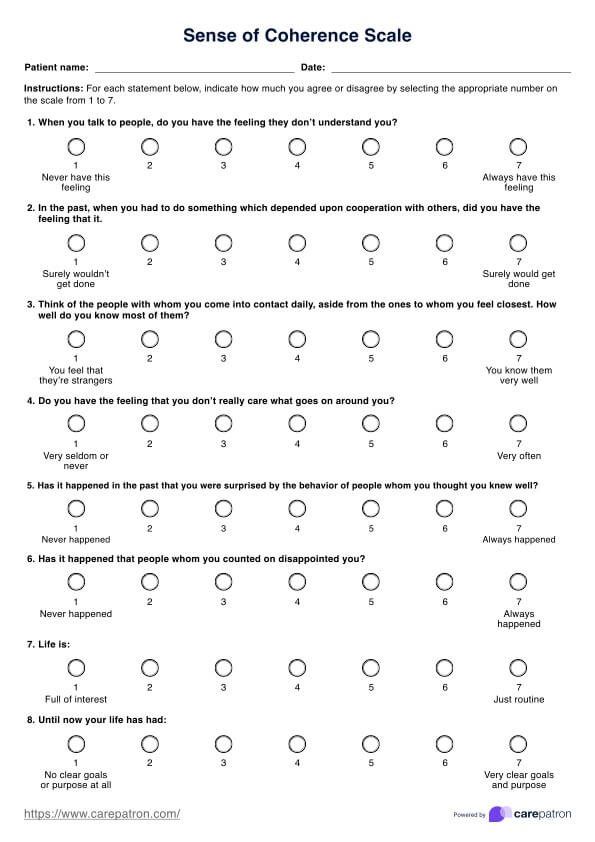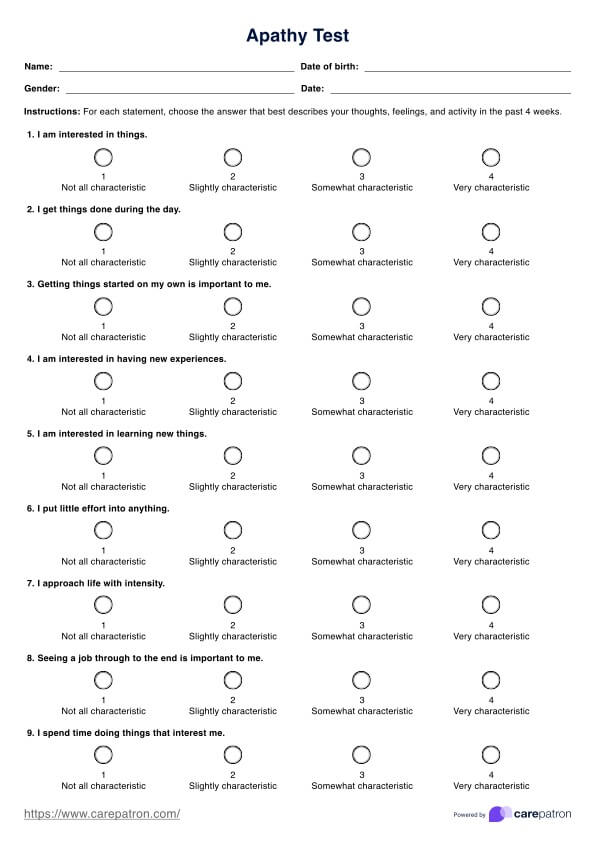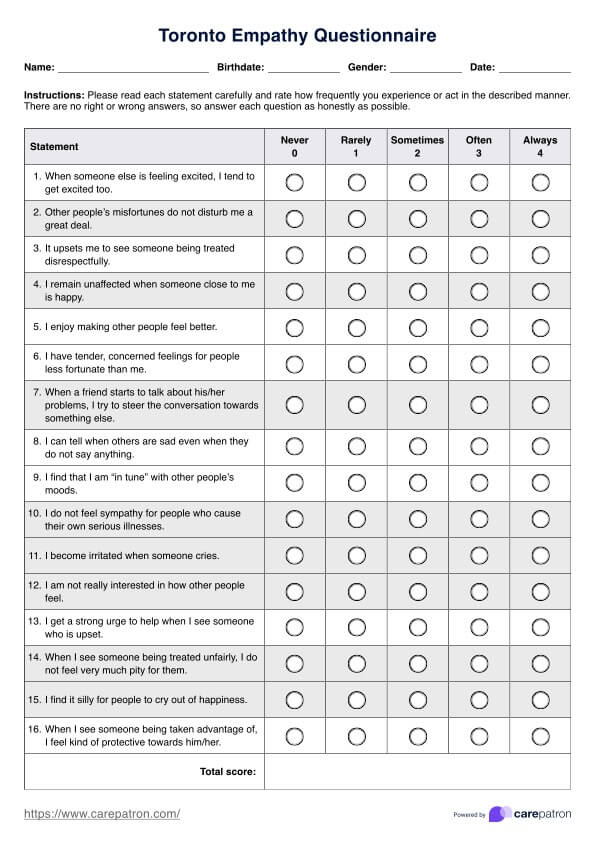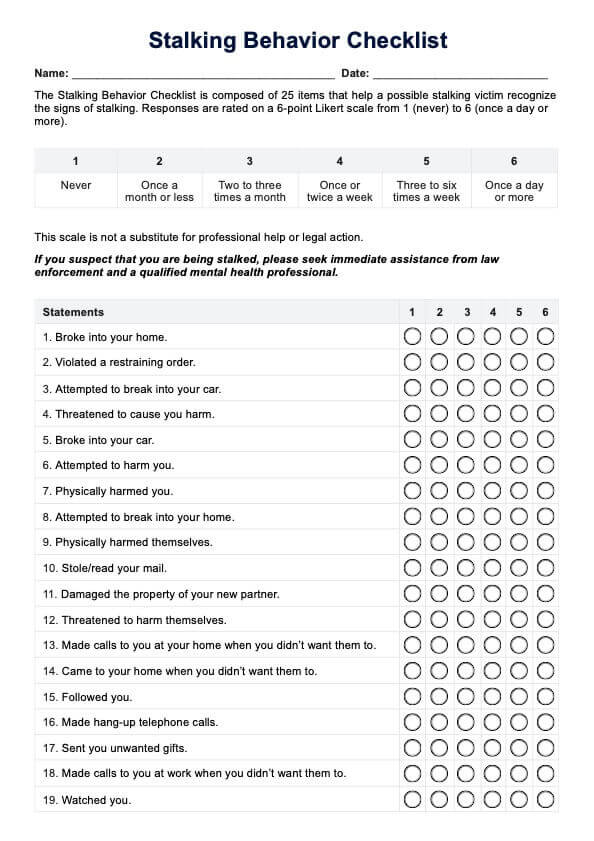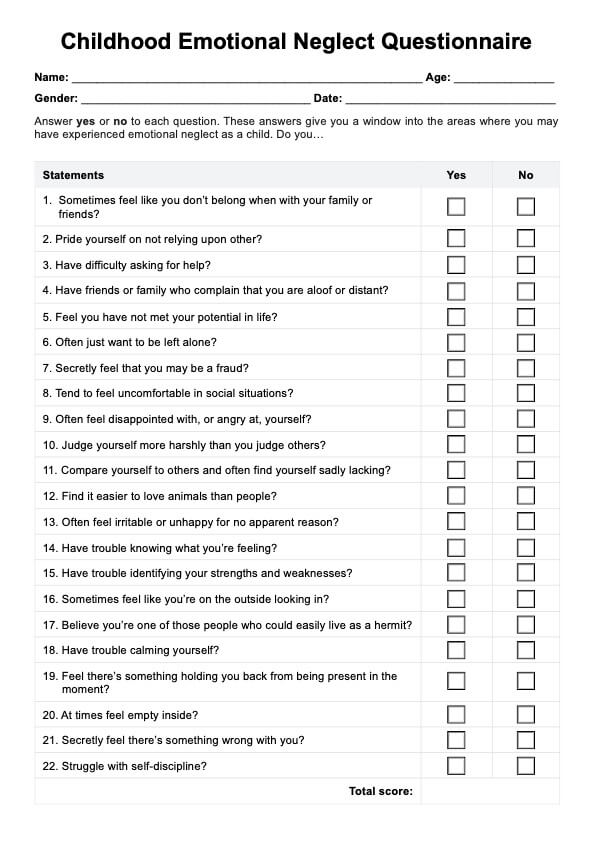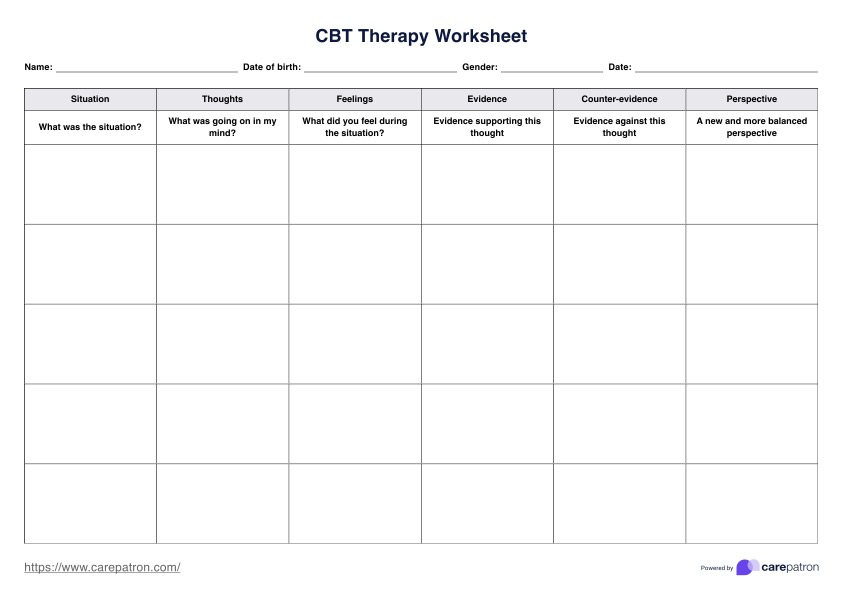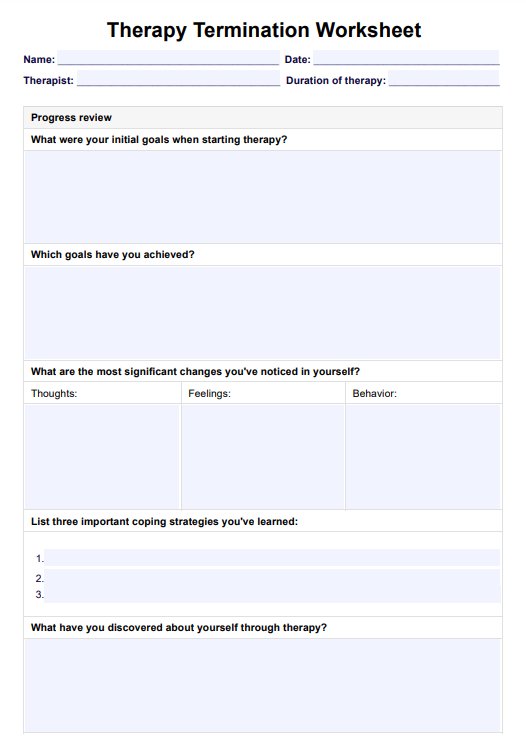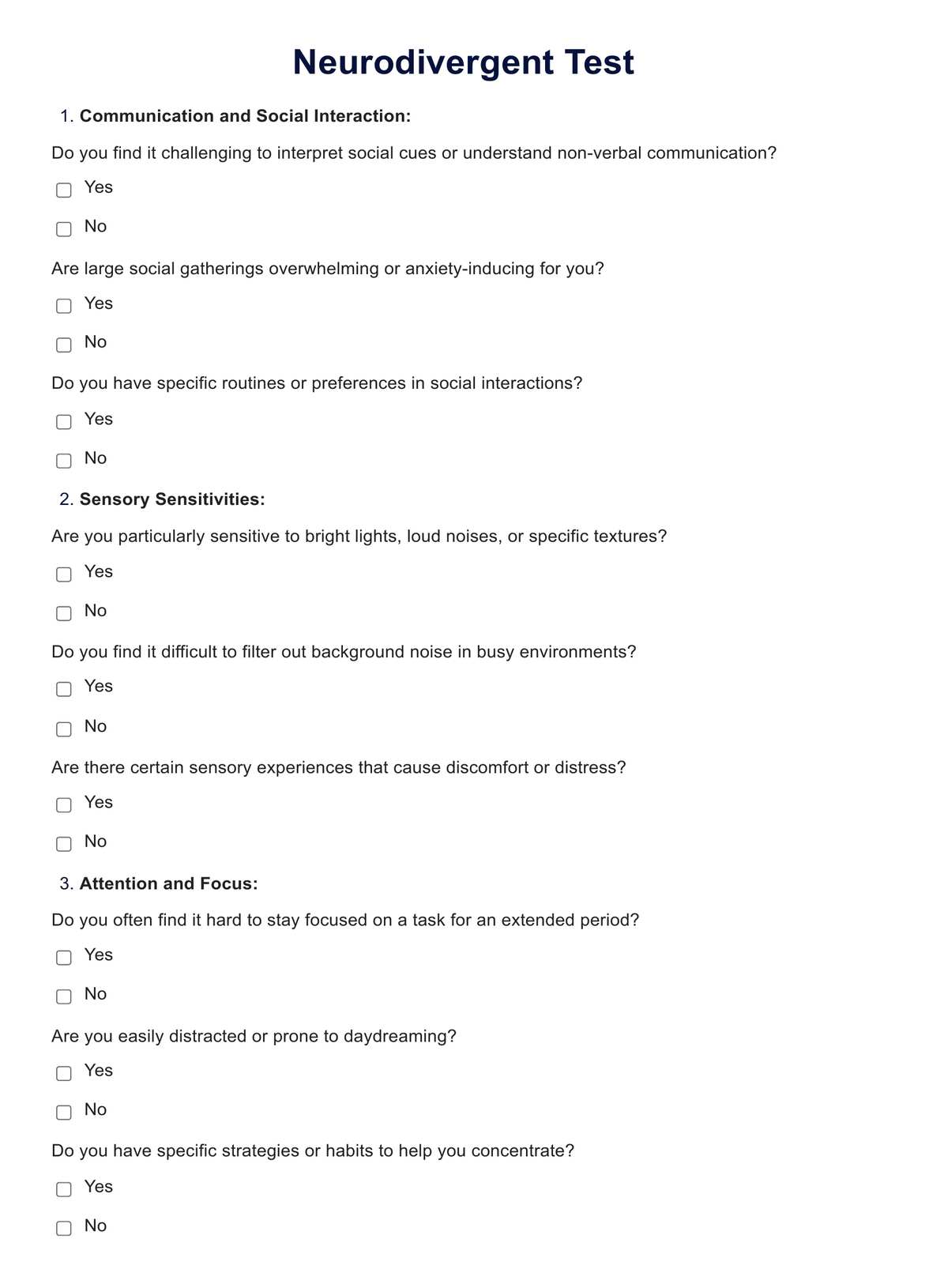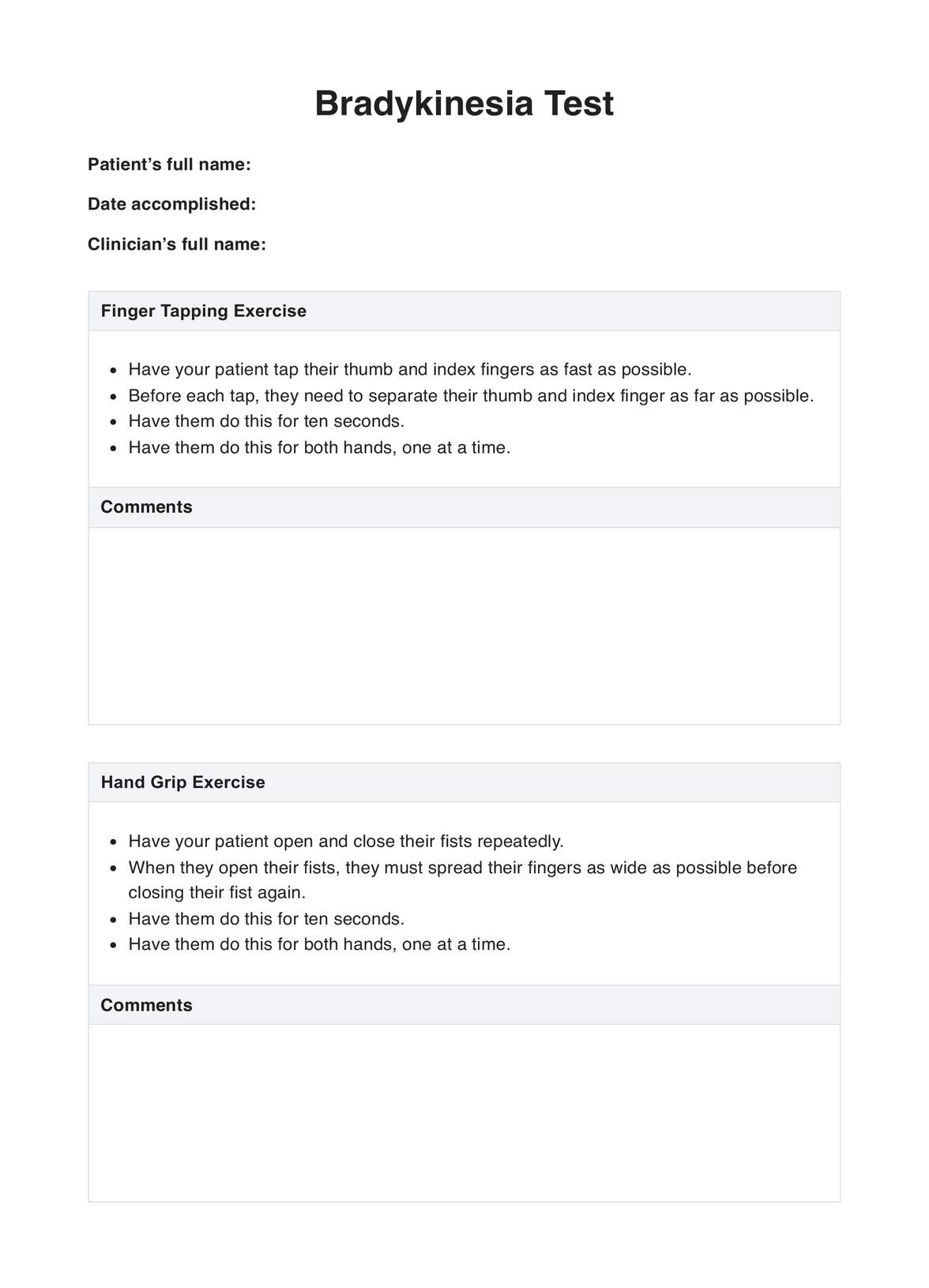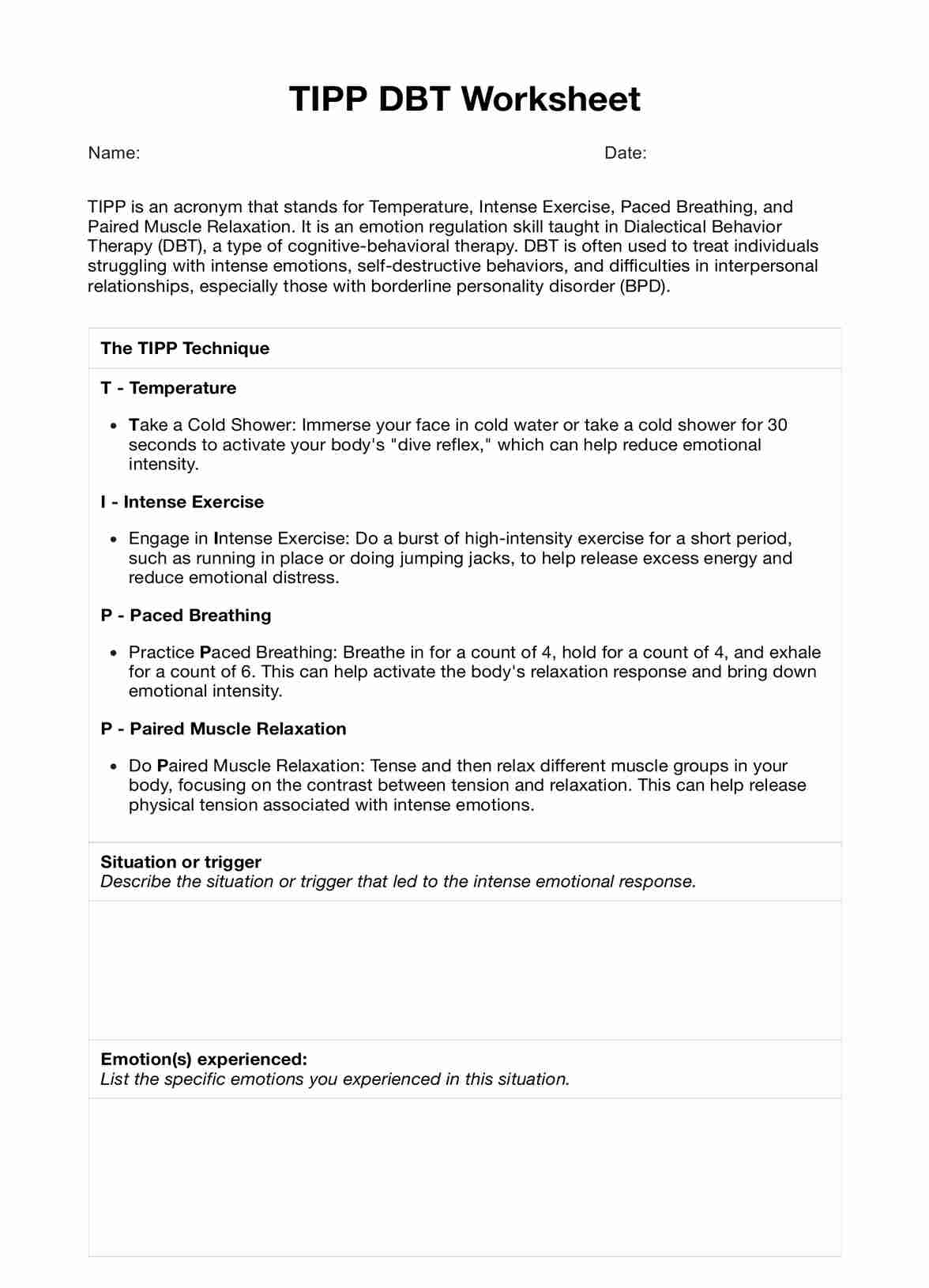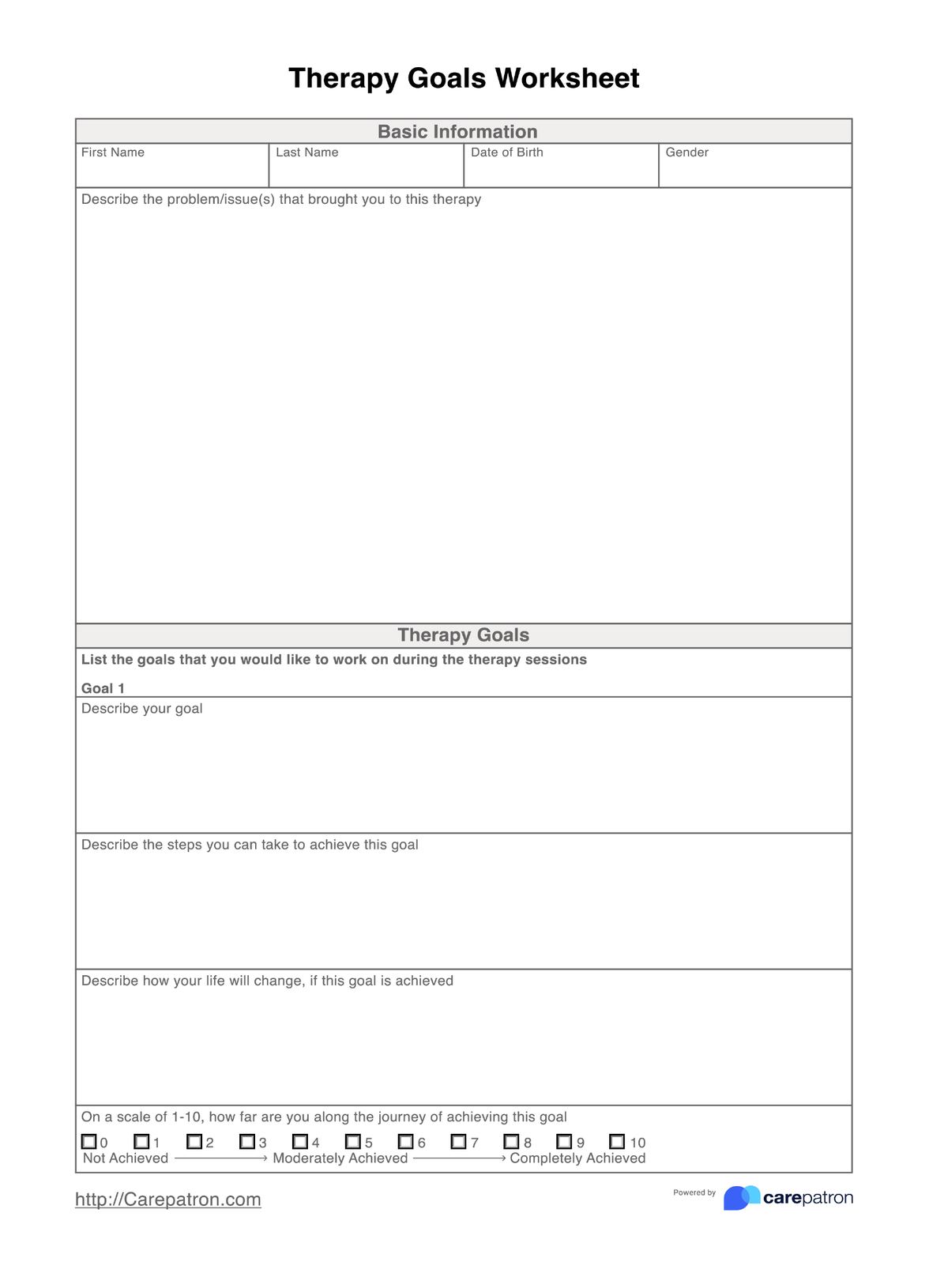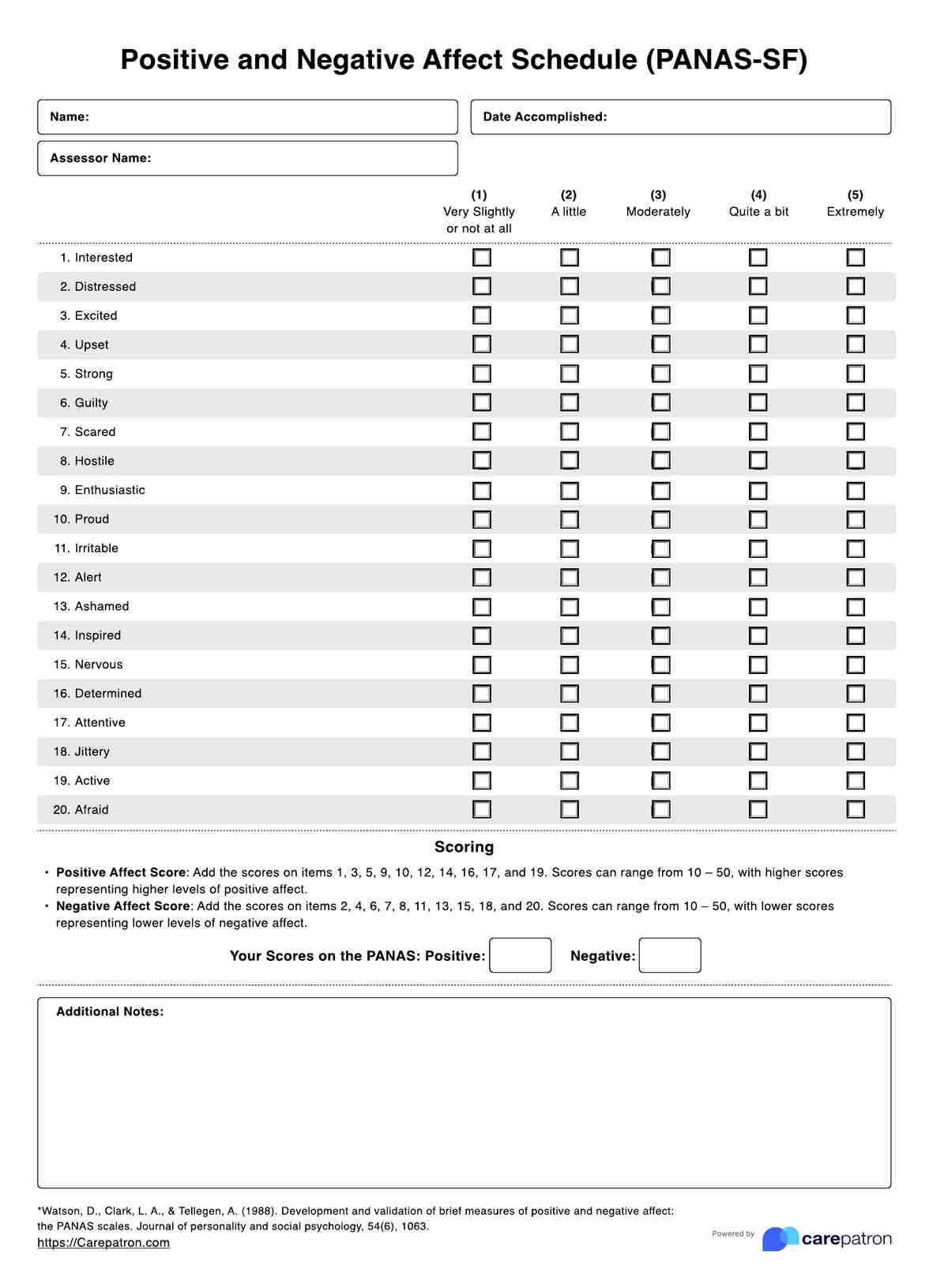Diabetic Foot Exam
Discover the importance of a Diabetic Foot Exam Test in managing diabetes. Regular foot exams can help prevent complications like ulcers and amputations.


What is a Diabetic Foot Exam Test?
A Diabetic Foot Exam Test is a comprehensive medical examination designed to detect potential foot complications linked to diabetes. People with diabetes are often prone to peripheral neuropathy, a condition that may lead to loss of sensation in their feet. This, coupled with poor blood circulation, significantly escalates the risk of developing ulcers and infections. Not promptly detected and treated, these conditions can lead to severe health complications.
This multifaceted exam includes four key components:
- Visual Inspection: This involves a detailed observation of the foot to check for any visible abnormalities such as cuts, blisters, redness, or any signs of infection.
- Sensory Examination: In this step, the healthcare provider assesses the patient's ability to perceive touch and vibration, which helps identify any loss of sensation - a common issue associated with diabetes.
- Foot Pulse Check: This part of the exam evaluates the blood flow in the patient's foot. Insufficient circulation can slow the healing process and increase the risk of foot complications.
- Footwear Inspection: Lastly, the healthcare provider inspects the patient's footwear to ensure it fits properly and offers adequate support, as ill-fitting shoes can contribute to foot injuries.
Diabetic Foot Exam Template
Diabetic Foot Exam Example
How Does it Work?
A Diabetic Foot Exam Test is a systematic process that healthcare providers follow to detect early signs of foot complications in diabetic patients. The examination involves four critical steps:
Visual Inspection
The examination commences with the healthcare provider conducting a meticulous visual inspection of the patient's foot. The aim is to identify any visible abnormalities such as cuts, blisters, calluses, or possible signs of infection. These abnormalities can be early indicators of more severe problems and need immediate attention to prevent further complications.
Sensory Examination
Next, the provider evaluates the patient's sensory perception, specifically their ability to sense touch and vibration. This is typically done using a monofilament or tuning fork. A loss of sensation is a common complication in diabetes and can lead to unnoticed injuries, which, if untreated, can result in serious complications such as ulcers or even amputations.
Pulse Check
Following the sensory examination, the healthcare provider checks the pulses in the patient's foot. This step aims to assess the blood flow in the foot. Poor circulation can slow healing and increase the risk of foot complications. Regular pulse checks can help in managing and mitigating these risks effectively.
Footwear Inspection
The last step of the exam involves inspecting the patient's footwear. Ill-fitting shoes can contribute to foot injuries and complications. Therefore, ensuring that the patient's footwear provides proper fit and support is crucial for maintaining foot health in diabetic patients.
This well-structured and comprehensive examination technique aids in the early detection and prevention of diabetic foot complications. For easy reference and to ensure you don't miss any steps, refer to our Printable Diabetic Foot Exam Test.
When Would you use this Test?
The Diabetic Foot Exam Test is a critical tool predominantly used in the management of patients with diabetes. Given the high risk of foot complications associated with this condition, such as peripheral neuropathy and foot ulcers, this test is pivotal in preventative healthcare and early intervention strategies for diabetic patients.
- Patients with Diabetes: It's crucial for all patients diagnosed with diabetes to undergo regular foot exams. Diabetes can lead to peripheral neuropathy, which results in a loss of sensation in the feet and increases the risk of unnoticed injuries. Regular diabetic foot exams can help detect these issues early and prevent serious complications.
- History of Foot Complications: Patients who have previously experienced foot complications, such as ulcers or infections, should regularly have a diabetic foot exam. These patients are at a higher risk of recurring issues; regular exams can help manage these risks effectively.
- Symptoms Indicative of Nerve Damage: The Diabetic Foot Exam Test also benefits patients presenting symptoms such as foot pain, numbness, or tingling. These symptoms may indicate potential nerve damage, a common complication of diabetes.
- Preventive Measure: Even without symptoms, the Diabetic Foot Exam Test is preventive. Early detection of foot health issues can lead to timely treatment, preventing the condition's progression and reducing the risk of severe complications like gangrene or amputation.
In essence, the Diabetic Foot Exam Test is a vital instrument in the comprehensive care of patients with diabetes. Its regular implementation can significantly reduce the risk of severe foot complications, improve the quality of life for patients, and ultimately contribute to better overall health outcomes.
What do the Results Mean?
The results of a Diabetic Foot Exam Test offer crucial insights into a patient's foot health, particularly in diabetes management. Understanding these results is key to implementing appropriate care strategies and preventing complications.
Normal Results
If the test results are normal, it suggests that the patient's foot health is good. There are no visible signs of foot abnormalities like cuts or blisters, no loss of sensation indicating neuropathy, and no signs of poor circulation. However, even with normal results, regular follow-up exams are recommended, given the progressive nature of diabetes.
Abnormal Results
Abnormal results can vary depending on the specific findings:
- Visual Abnormalities: Any visible signs of foot abnormalities, such as cuts, blisters, or signs of infection, indicate an immediate need for treatment to prevent further complications.
- Loss of Sensation: An inability to sense touch or vibration indicates neuropathy, a common complication of diabetes. This condition increases the risk of unnoticed injuries and severe complications like ulcers and infections.
- Poor Circulation: If the pulse check reveals poor circulation, it suggests that the blood flow to the feet is compromised. This can slow wound healing and increase the risk of foot complications.
Abnormal results necessitate further evaluation and intervention. Depending on the severity of the findings, this could range from lifestyle modifications and specific foot care routines to medication or surgical intervention.
The outcomes of a Diabetic Foot Exam Test are instrumental in determining a patient's foot health status and guiding the subsequent course of treatment. To better understand the implications of these results, download our comprehensive Free Diabetic Foot Exam Test guide.
Research & Evidence
Diabetic Foot Exam Tests have a rich history and are backed by extensive research, making them an integral part of comprehensive diabetes care. The significance of these exams has been widely recognized in the medical community due to their effectiveness in early detection and prevention of severe foot complications associated with diabetes.
Clinical studies have consistently underscored the importance of regular foot examinations in diabetic patients. For instance, a study published in the Journal of the American Podiatric Medical Association found that routine foot examinations significantly reduce the risk of foot ulcers and amputations among people with diabetes (Apelqvist, Larsson, & Agardh, 1993).
Moreover, guidelines from leading health organizations like the American Diabetes Association (ADA) and the National Institute for Health and Care Excellence (NICE) strongly recommend annual foot examinations for all individuals with diabetes. These guidelines are based on substantial evidence indicating that regular foot exams can lead to early identification of peripheral neuropathy and peripheral arterial disease, two major risk factors for diabetic foot ulcers and amputations (Boulton, Armstrong, Albert, et al., 2008).
As such, the Diabetic Foot Exam Test is not just a clinical tool; it's a product of rigorous scientific research and has a proven track record in improving patient outcomes. The overwhelming evidence supporting its use underscores its critical role in diabetes management and preventing debilitating foot complications.
References
- Apelqvist, J., Larsson, J., & Agardh, C. D. (1993). Long-term prognosis for diabetic patients with foot ulcers. Journal of the American Podiatric Medical Association, 83(6), 345-349. https://doi.org/10.7547/87507315-83-6-345
- Boulton, A. J. M., Armstrong, D. G., Albert, S. F., et al. (2008). Comprehensive foot examination and risk assessment: a report of the task force of the foot care interest group of the American Diabetes Association, with endorsement by the American Association of Clinical Endocrinologists. Diabetes Care, 31(8), 1679-1685. https://doi.org/10.2337/dc08-9021
Commonly asked questions
Typically, healthcare providers request a Diabetic Foot Exam Test for patients with diabetes, particularly if they have experienced previous foot complications or exhibit symptoms of neuropathy.
These tests are usually conducted during routine diabetes management check-ups or more frequently if the patient has a history of foot complications.
These tests are used to identify potential foot complications at an early stage, allowing for timely intervention and prevention of serious complications such as ulcers or amputations.
A comprehensive Diabetic Foot Exam Test usually takes 10-15 minutes to complete.

.jpg)
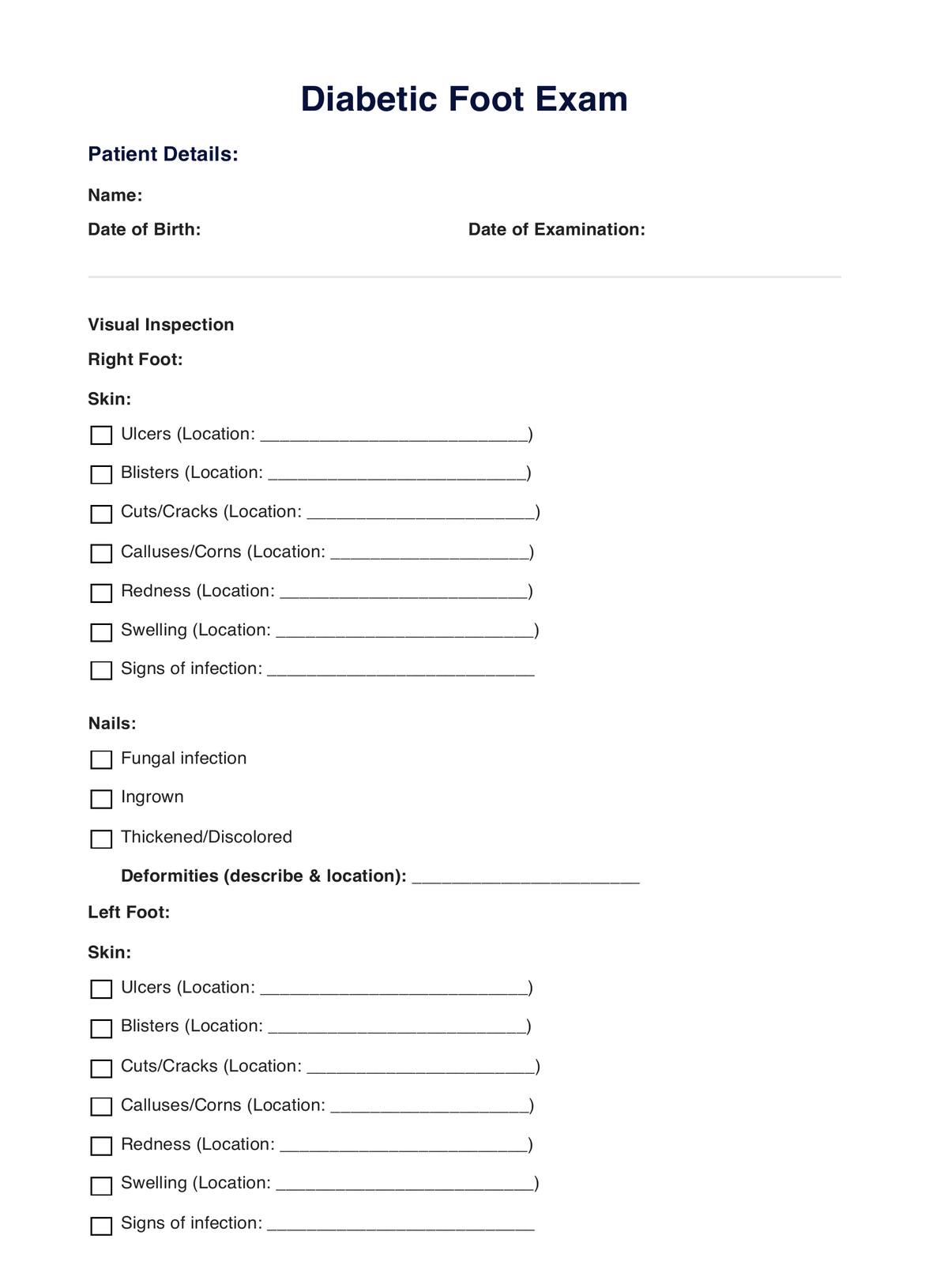
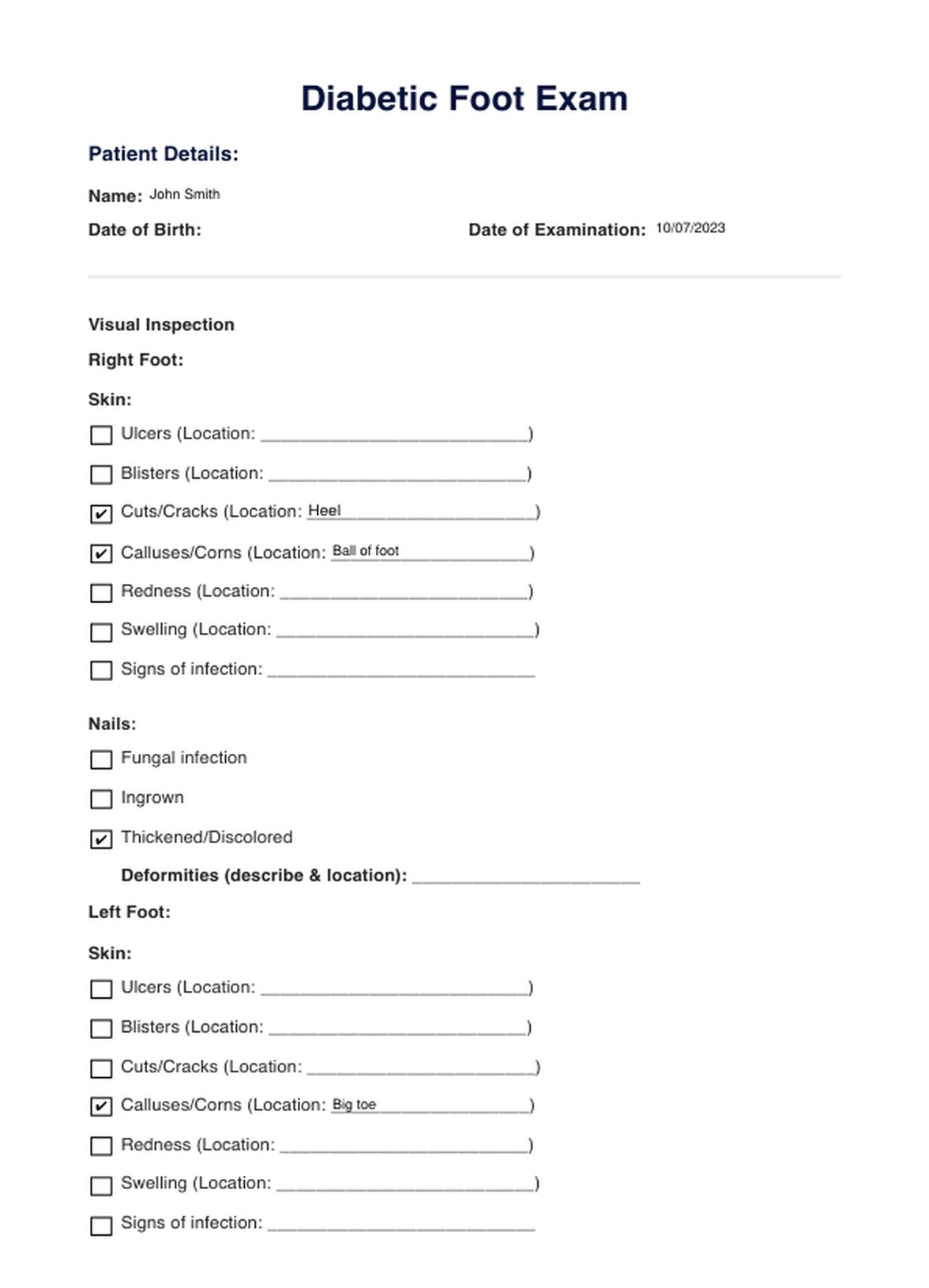

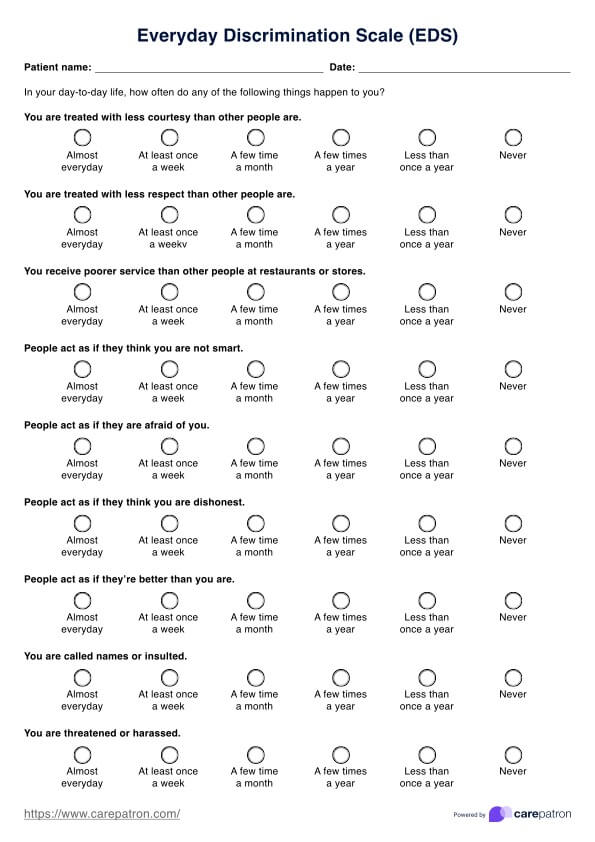
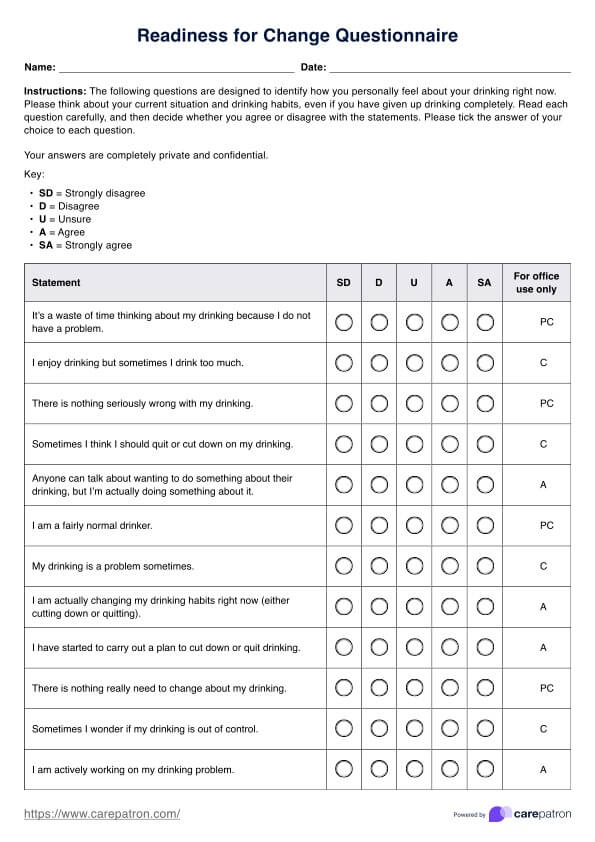
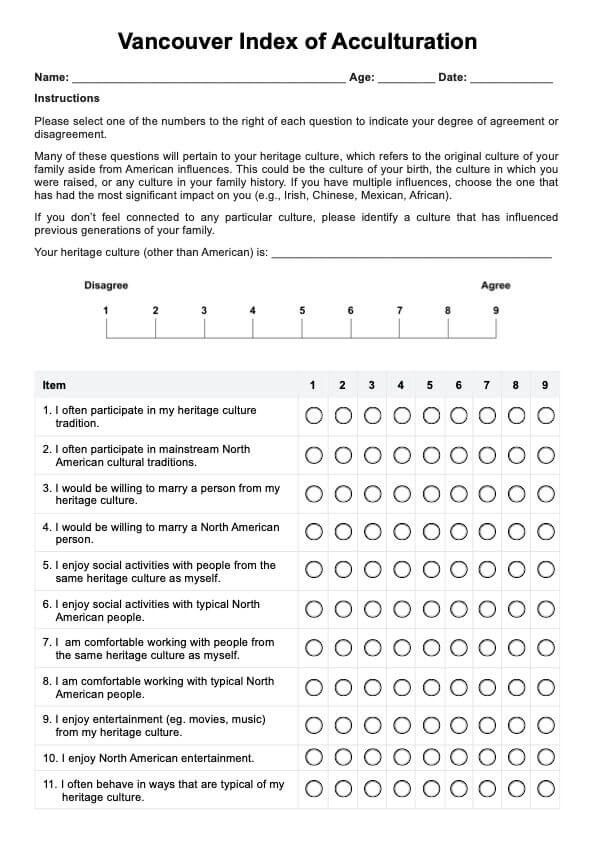









-template.jpg)

















































































